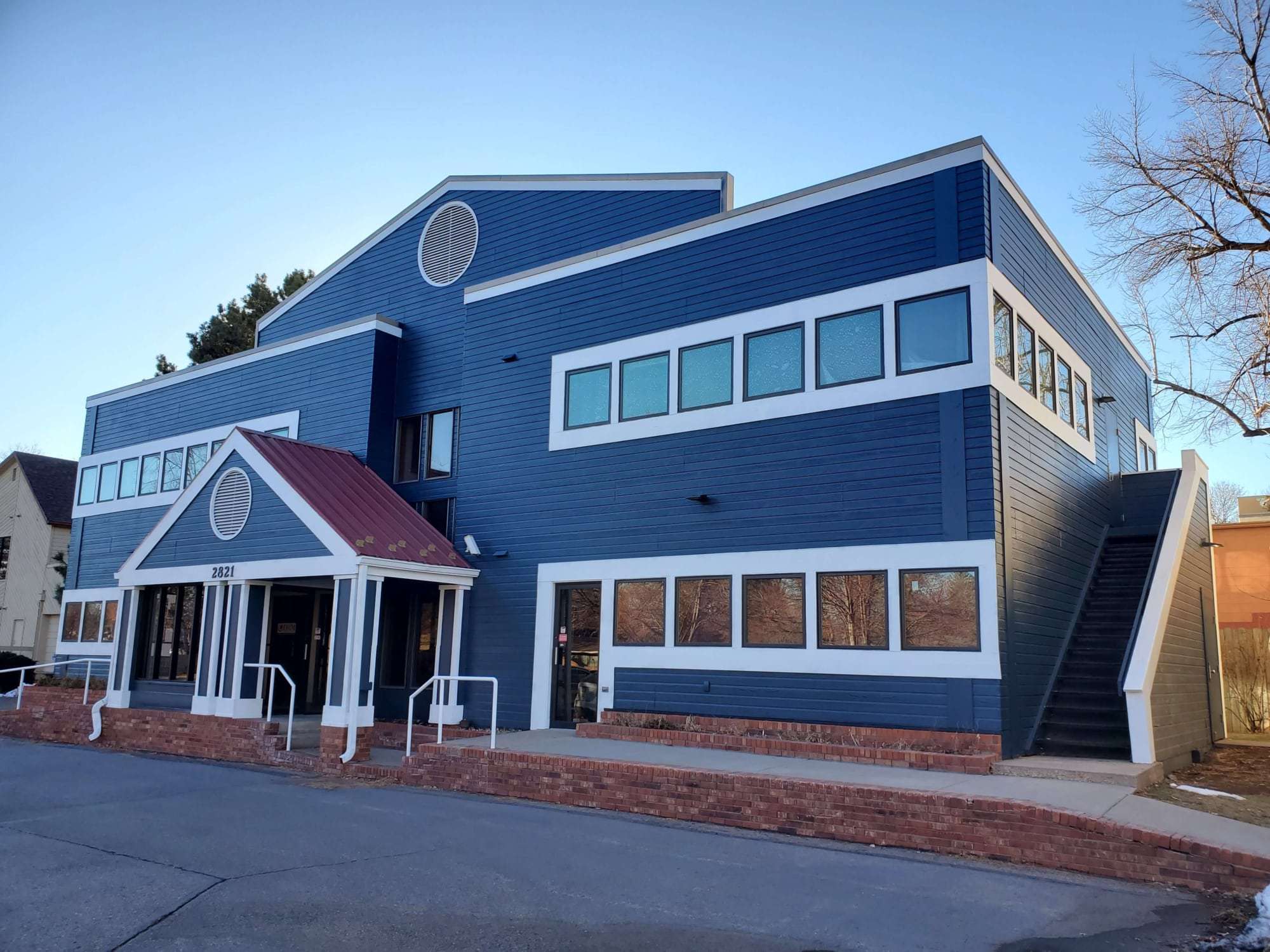Getting ready to give your cabinets a fresh coat of paint? One frustrating problem you might run into is dealing with all those little scratches, dings, and water stains. These minor flaws can really take away from the overall look you’re going for in your kitchen or bathroom.
But don’t worry, there are ways to fix up those blemishes so your newly painted cabinets will look smooth and perfect. This guide will walk you through the whole process of how to repair small blemishes before painting cabinets, giving you practical tips on repairing those imperfections the right way.

Steps on How to Repair Small Blemishes Before Painting Cabinets
When you’re planning to give your cabinets a fresh coat of paint, knowing how to repair small blemishes before painting cabinets is crucial for achieving a flawless finish. Let’s dive into the steps to ensure your cabinets look their best.
1. Preparation and Cleaning
The first step on how to repair small blemishes before painting cabinets involves thorough preparation and cleaning. Begin by removing all hardware from the cabinets, such as knobs, handles, and hinges. This makes the repair process easier and prevents damage to the hardware.
Next, clean the cabinet surfaces with a mild detergent mixed with water to remove any accumulated dirt, grease, and residues. A soft cloth or sponge is ideal to avoid scratching the wood. A mixture of baking soda and water can be applied gently for tougher stains. This cleaning step is vital to ensure the surface is pristine and ready for repair, as any remaining dirt or grease can hinder the adhesion of repair materials and paint.
2. Assessment of Damage
After cleaning, closely inspect the cabinets for various types of damage. This assessment is critical in understanding the extent of repairs needed. Look for:
The type of damage will determine the repair method. For instance, light scratches may only require light sanding and filling, whereas deeper gouges might need a wood filler to level the surface. It’s also important to assess your cabinets’ type of wood and finish, as this can affect how repairs should be approached. For example, some finishes may need to be completely removed to effectively repair the wood underneath.
3. Gathering Tools and Materials
In the context of how to repair small blemishes before painting cabinets, having the right tools and materials on hand is essential for ensuring the repairs are both effective and durable. You will need:
4. Repair Process
Small Blemishes and Scratches
A wood filler is an effective solution for minor blemishes and light scratches. Choose a filler that matches the color of your cabinets for the best visual result. Apply the filler carefully to the scratch or blemish using a putty knife or a small brush.
After the wood filler has completely dried, which may take a few hours, sand the area smooth with fine-grit sandpaper. It’s important to sand in the direction of the wood grain to avoid creating additional scratches. This step ensures the repair blends seamlessly with the rest of the cabinet surface.
Dents and Larger Imperfections
For deeper dents and larger imperfections, a two-part wood filler consisting of a filler and a hardener provides a durable repair solution. Mix the filler according to the manufacturer’s instructions and apply it to the damaged area. This type of filler is known for its strength and is suitable for more significant repairs.
Allow the filler to dry thoroughly, which might take several hours or overnight, depending on the product and ambient conditions. Once dry, sand the area smoothly to ensure it’s flush with the surrounding surface.
Water Damage and Stains
When learning how to repair small blemishes before painting cabinets, addressing cabinet water damage and stains is critical. Special wood cleaners can be effective for lighter stains. Apply the cleaner to the stained area and gently rub it in with a soft cloth.
For more stubborn stains or discoloration caused by water damage, lightly sanding the area with fine-grit sandpaper may be necessary. After sanding, apply a matching stain or finish to the sanded area to ensure it blends with the rest of the cabinet.
5. Sanding and Smoothing
Sanding plays a crucial role after the repair work on small blemishes and scratches or addressing dents and larger imperfections. Use sandpaper of varying grits, starting with coarser grits to remove any excess filler or smooth the repair and gradually move to finer grits to achieve a smooth finish.
This ensures the repaired areas are flush with the rest of the cabinet surface, eliminating any unevenness that could show through the paint. It’s essential to sand with the grain of the wood to avoid additional scratches.
6. Priming and Painting
Priming is an indispensable step in how to repair small blemishes before painting cabinets. A high-quality primer will not only ensure good paint adhesion but also help achieve a uniform finish across the entire surface of the cabinets. It’s important to repair areas to prevent the paint from soaking in unevenly, which can highlight repairs rather than hide them.
After thoroughly drying the primer, apply the paint in your chosen color using a brush or roller suitable for the type of paint and finish you desire. For the best results, consider applying multiple thin coats rather than one thick coat, allowing adequate drying time between each coat.
7. Climate Considerations
Climate conditions can influence the success of repairing and painting cabinets. Humidity and temperature significantly affect drying times, repair materials, and paint adhesion. High humidity can prolong drying times and may even affect the smoothness of the finish. Extreme temperatures, either too hot or too cold, can cause the paint to dry too quickly or too slowly, which might lead to imperfections such as brush marks or drips.
To ensure optimal conditions for your project, work in a controlled environment whenever possible, and avoid painting on extremely humid or rainy days, as well as in direct sunlight or in unheated spaces during cold weather.
8. Final Touches
Once the painting stage is completed, carefully inspect the cabinets to ensure that no spots have been missed and that all areas are evenly covered. This step is crucial for achieving a uniform finish. If any missed spots or inconsistencies in the paint application are found, it’s important to address these areas promptly.
Use a small brush for touch-ups to maintain precision and avoid overlapping onto areas that are already perfect. This attention to detail will ensure that your efforts in learning how to repair small blemishes before painting cabinets result in a professional-looking outcome.
If you’re looking to transform their cabinets without the stress of doing it themselves, reaching out to Foothills Painting saves you time and hassle. With our expertise in how to repair small blemishes before painting cabinets, a trusted painting company can significantly elevate the look of your cabinetry.
Call us at 970-427-2866 for a FREE estimate. Our team is ready to bring your cabinet vision to life with QUALITY and CARE!





